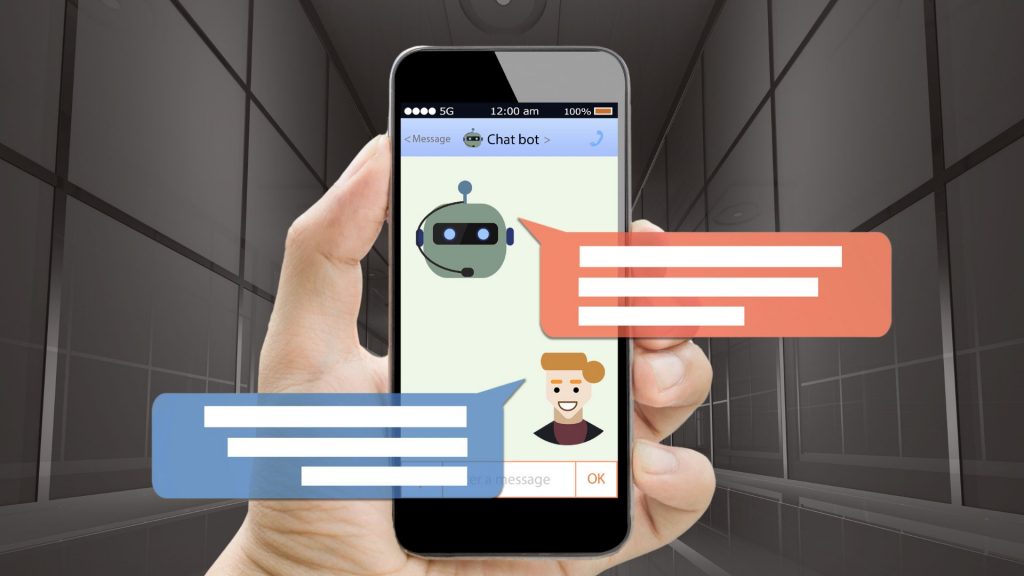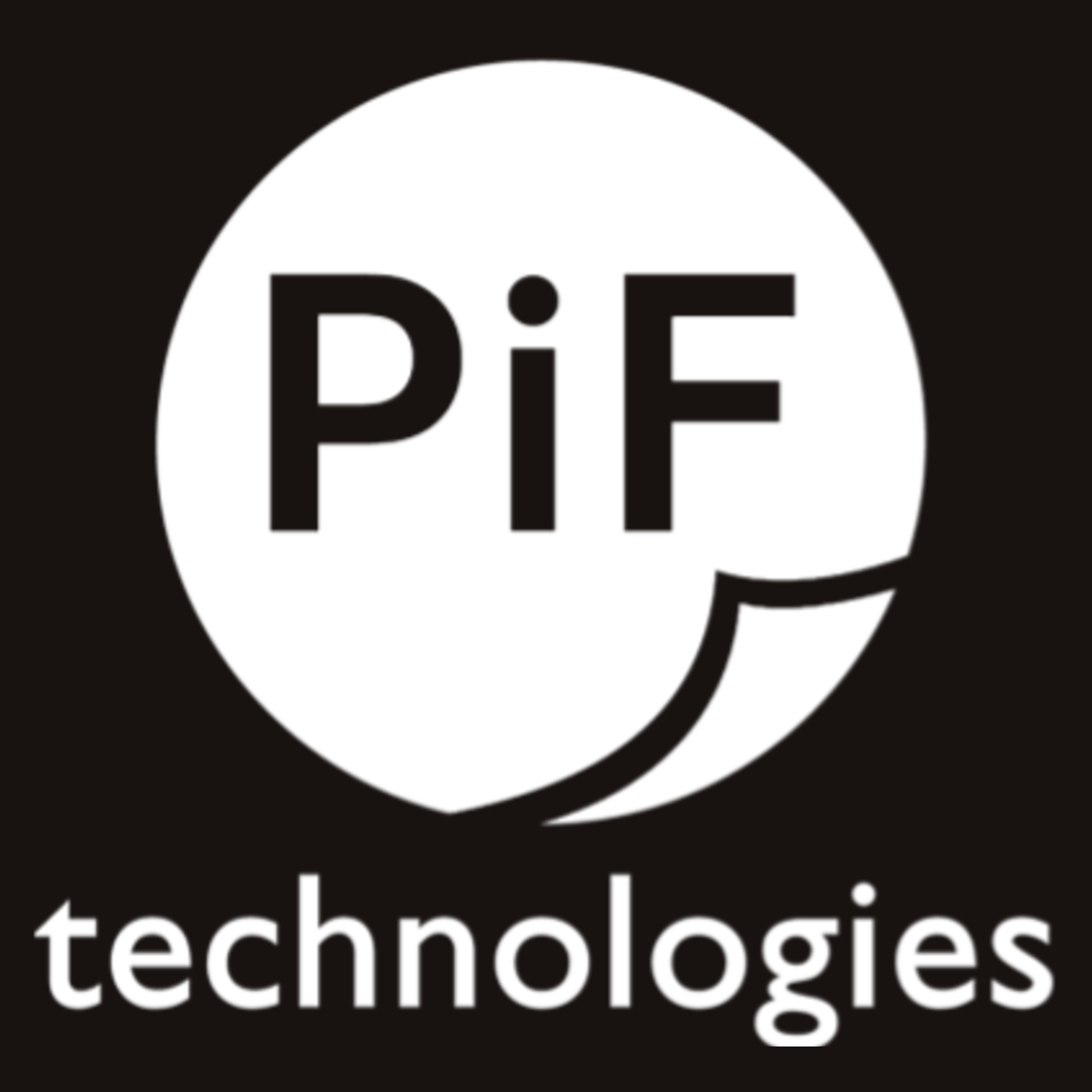The use of Robotic Process Automation (RPA) has developed across industries as an innovative solution designed to replace manual work. The appeal of Robotic Process Automation has led to many organizations pursuing it for their own use cases. When organizational leadership enters into an initiative too quickly, it can unfortunately sometimes lead to either lack of adoption or falling short of expectations.
The benefit of RPA is that there’s a use case for just about any process within your organization. Every repetitive, data-based task that is completed manually is not a good use of an employee’s time, and therefore this is also a challenge because the possibilities for RPA are nearly endless, it’s difficult to pin down exactly what you want your Bot to do.
Before moving forward with an RPA initiative, it’s important to pause and make an educated decision with clear priorities.
1. What are your biggest process roadblocks?
It’s one thing to know you need Robotic Process Automation, it’s another to know exactly what you need it for. Sometimes, the most valuable processes to automate may not be obvious, and utilizing an RPA consultant can help document and assess common repeatable processes to target for automation. RPA has applications across all functional areas of your organization, and rather than take a shotgun approach and try to solve every process hiccup at once, it’s better to target specific processes and expand from there.
With the help of a trusted Robotic Process Automation implementation consultant, you can identify what existing manual, repeatable processes are wasting the most time and resources.
2. How do I understand my Return on Investment (ROI) and use case for RPA?
The ROI of RPA is obvious once a solution is implemented, but how do you determine how you can get the most “bang for your buck” from automation? Within Robotic Process Automation, ROI is segmented into hard and soft cost savings. The strongest savings typically revolve around replacing manual labor and eliminating sometimes costly, human errors.
Removing labor hours by automating common repeatable tasks results in hard cost savings that affect the bottom line which can be achieved by moving employees to higher-value tasks, eliminating positions, or removing the need to outsource data-entry work. Soft cost productivity savings occur when employees still have to supply the labor to achieve the task but automation is allowing them to do it quicker. For example, if automation processes an invoice but an employee still needs to approve it, this eliminates much of the manual labor associated with the process but still requires active human intervention.
You’ll want to strike a balance when identifying your use cases between hard and soft cost-saving opportunities but predominantly focus on hard cost labor reduction as that is where RPA’s strongest ROI is.
3. Can end-users leverage RPA to increase throughput and efficiency without programming?
Short answer: Yes!
UiPath, PiF’s Robotic Process Automation partner promotes a concept called Citizen Developer which allows non-technical end-users to build their very own basic automations. Basic automations can be designed and deployed by your team within minutes to eliminate simple common tasks such as manual copy and paste actions from an Excel spreadsheet to a CRM or ERP system, reading and monitoring an email, or data entry. In the past automation needed to be custom built by developers with complex code, whereas the citizen developer can easily drag and drop actions onto a canvas and click the play button to try out the automation.
4. There are a lot of different RPA products in the market, what one should I choose?
PiF has partnered with UiPath, the number one RPA platform after reviewing and testing several of the most popular RPA platforms. UiPath has been consistently named a Leader in the Gartner Magic Quadrant for RPA, our review process required a platform that included unattended and attended bots, support for both On-Prem and Cloud hosting, orchestration, vision for applications that are image-based, support for Citrix and Terminal services, and most importantly a UI and end-user experience that is easy and intuitive. Return on Investment is also a big factor, we wanted our customers to see a clear ROI when choosing to invest in RPA, and we felt UIPath offered a reasonable price point and unmatched functionality.
5. What will RPA implementation look like for my business?
When implementing an RPA project the first decision to make is whether or not to host your system in the Cloud or On-Premise. The licensing costs for On-Premise are less costly, but the costs of hardware and IT services required to manage and run your system add up quickly over time. We recommend Cloud orchestrated bots as a deployment methodology as it is faster to get started with and more cost-efficient over time.
The automations are then architected and built, installed on a PC or server, and tested and debugged. Once it’s ready for use end-users can launch and run the robotic processes.
We employ a 6-step methodology to ensure that projects are ultimately successful.
1.Discovery & Pre-Engagement: Initial consultation and review of your requirements and project details, followed by a scoping session and Statement of Work outlining project deliverables and timelines.
2. Solution Installation: We implement your solution on your system and allow you to review the system design and make any changes.
3. Prototype & Acceptance: Consultants will build a solution prototype, provide a visual representation of workflow and then demo the solution. The prototype is then adjusted based on client feedback.
4. Training: Training includes technical, administrative, and end-users and is unlimited. Phase II typically includes training the technical team to build solutions independently of PiF.
5. Go-Live: Once training is completed, the solution is rolled into production with on-demand consultative and technical resources on standby to assist as initial issues occur.
6. Post Implementation Support: You will be transitioned to our triage team as one point of the contact dedicated for your specific project
6. How long does it take to implement RPA?
Believe it or not, deployment time can be as quick as a couple of days. More complex projects with multiple use cases may require an engagement from 10 to 20 days of professional services. Simply put, more rules and complex bot operations will obviously take longer to deploy. One popular use case of bot technology is extracting data from Excel or .CSV files, copying, pasting, and pushing that extracted data to a line of business system. Included in that process is plenty of validation and error checking, ensuring for instance vendor names, PO numbers are valid prior to executing data integration rules. A use case that passes AP invoice data to an ERP system like an AS400, AIX, or mainframe application using a terminal emulator may result in a 4-5 day engagement. This includes development, testing, and go-live type operations.
7. What if I need to hire someone to help me implement this project?
PiF has been deploying RPA technology for more than 10 years and has hundreds of success stories. When considering an RPA Consulting Partner, it’s best to gain an understanding of their longevity in the marketplace, the number of projects they have completed, and their ability to share a reference regarding that customer’s experience with their Partner and the RPA technology provider.
The good news is now that RPA is a mainstream technology and its benefits are tracked by organizations like Gartner and Forrester, the “selling” on the ROI and adoption of the technology is not as heavy a lift as it once was. It’s also important that your RPA Consulting Partner provides you with a comprehensive Statement of Work (SOW) which details your requirements, use cases, and deliverables. You might also want to consider a partner that works on a fixed price labor engagement vs. the risk of time and materials and change orders that can blow your budget. Or consider a retainer to be used on an ad-hoc basis which provides flexibility for the customer to engage when needed. The good news is with all PiF Projects, you get a Statement of Work, fixed price, and if required, we can be flexible with a retainer.







